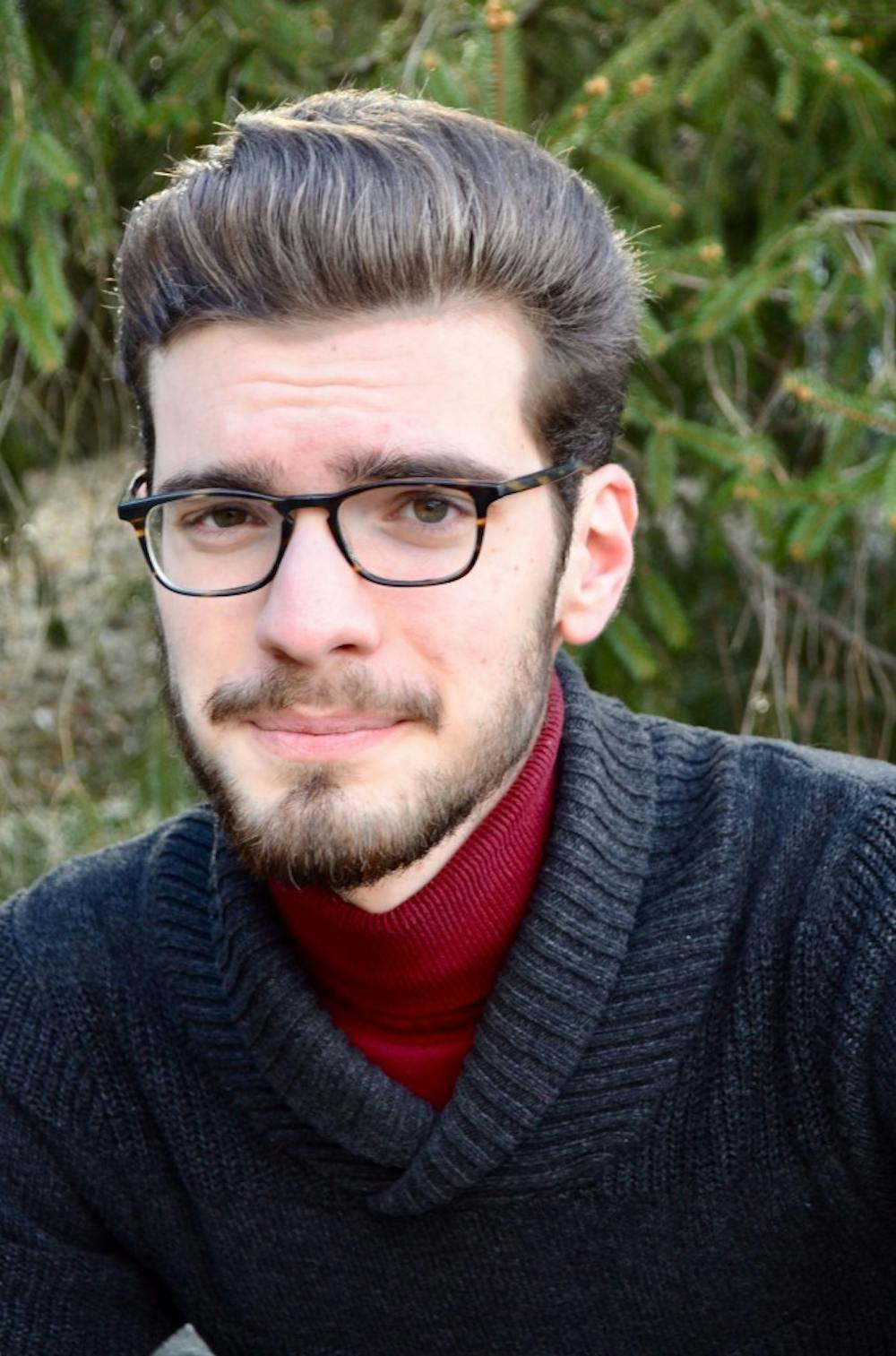As if on schedule, the week of Feb. 26, American University’s campus was the target of posters branded with the mark of an alt-right group attributed to Richard Spencer. The act sent waves -- albeit smaller ones than in past events -- through the AU community. AUPD confronted the suspect on the spot and barred him from campus. Vice President of Campus Life Dr. Fanta Aw notified the community of the event at 12:30 p.m. that day, this time listing resources available to students affected (likely a direct response to the criticism she received for not doing so just a few weeks prior, after the case of the anti-immigration fliers). The response received the usual student backlash.
Instead of unpacking the official response and its reception, like I did a few weeks ago, this time I’d like to shift the focus to the act and its context. Students have spoken out in the past about how AU seems to be a chronic target of hostile, sometimes far-right sentiment both from on campus and off. At the town hall held following the Confederate flag incident last September, one student claimed that our campus culture is conducive to such sentiments, and that it is “the administration’s fault.”
I think the opposite. It’s not an administration-fueled, fundamental culture of intolerance that inspires hate groups to come after us; it’s our unabashedly liberal outward face. There would be nothing for white supremacist groups and other agents of hate to accomplish here if they knew we already agreed with them. Part of their culture is to watch “special snowflakes” melt, and to them, we’re a higher education blizzard. At AU, snowflake buzzwords abound: “trigger warnings,” “safe spaces” and “diversity and inclusion.” They strike, and we protest. We hold town halls. We write op-eds. We shout demands at administrators with great outdoor ceremony (consider the confrontation with Provost Bass after bananas were hung from nooses in several campus locations last year) and broadcast it on social media. An outside spark has lit the fires of conflict within, as we call each other names and publicly doubt each other’s respect for humanity. All the while, the one person who started it all with his posters is sitting back, watching the world burn.
That, of course, makes our response difficult. According to the diagnosis above, logic would dictate that to deter such attacks (which I’m convinced are imbued with as much of a desire to stir the pot as a desire to convert) the student body needs to stop getting so worked up about it. My strategy to respond to social unpleasantry in middle school was to withhold all response, since response is what they’re looking for (better yet, laugh with them and watch them get all confused!). If the perpetrators see that they’re wasting energy on a campus that’s moved on, that campus goes to the bottom of their list.
But what kind of institution of higher education would we be if we refused on principle to engage with difficult ideas and use them as springboards to effecting change? That would be to dismiss the concept of academic freedom which, ironically, is the basis for many anti-mandatory-trigger warning declarations made by various faculty senates. To ignore threats in hopes that they’ll die out would be to ignore our responsibility to have what many believe are overdue conversations. Anything else would seem gluttonously ignorant and disengaged.
The question that leaves us is of how the besieged snowflake must respond to its attacks, and how to strike the balance between calling out the attackers and avoiding stoking the fire. To continue as we have -- following these incidents up with demands for accommodations and accusations of internal hostility -- would only provide an endless supply of material for recurring and potential instigators. But we also can’t let substantive conversations go unhad.
So what does that mean? It means a balance must be struck, and the conventional method of snowflaking must be turned upside-down. Instead of turning outside hate on members of our own community (like administrators whom we accuse of sins of omission, versus the sins of commission that targeted our walls), we should celebrate the identities on our campus with positivity and idiosyncratic joy. The haters will never see it coming. Instead of tearing apart official memoranda, we should give the hate organizations the worst publicity they can imagine. We have the airwaves when we want them; do we want America to see images of us confronting our own, or exposing the dangers of the bigger world? We must emerge stronger, not seek cover, because an Eagle under siege doesn’t hunker.
It flies.
Gabriel Simerson is a sophomore in the School of Public Affairs. He is an outside contributor. The opinions expressed by the author are his alone, and do not necessarily reflect the views of The Eagle and its staff.
opinion@theeagleonline.com





